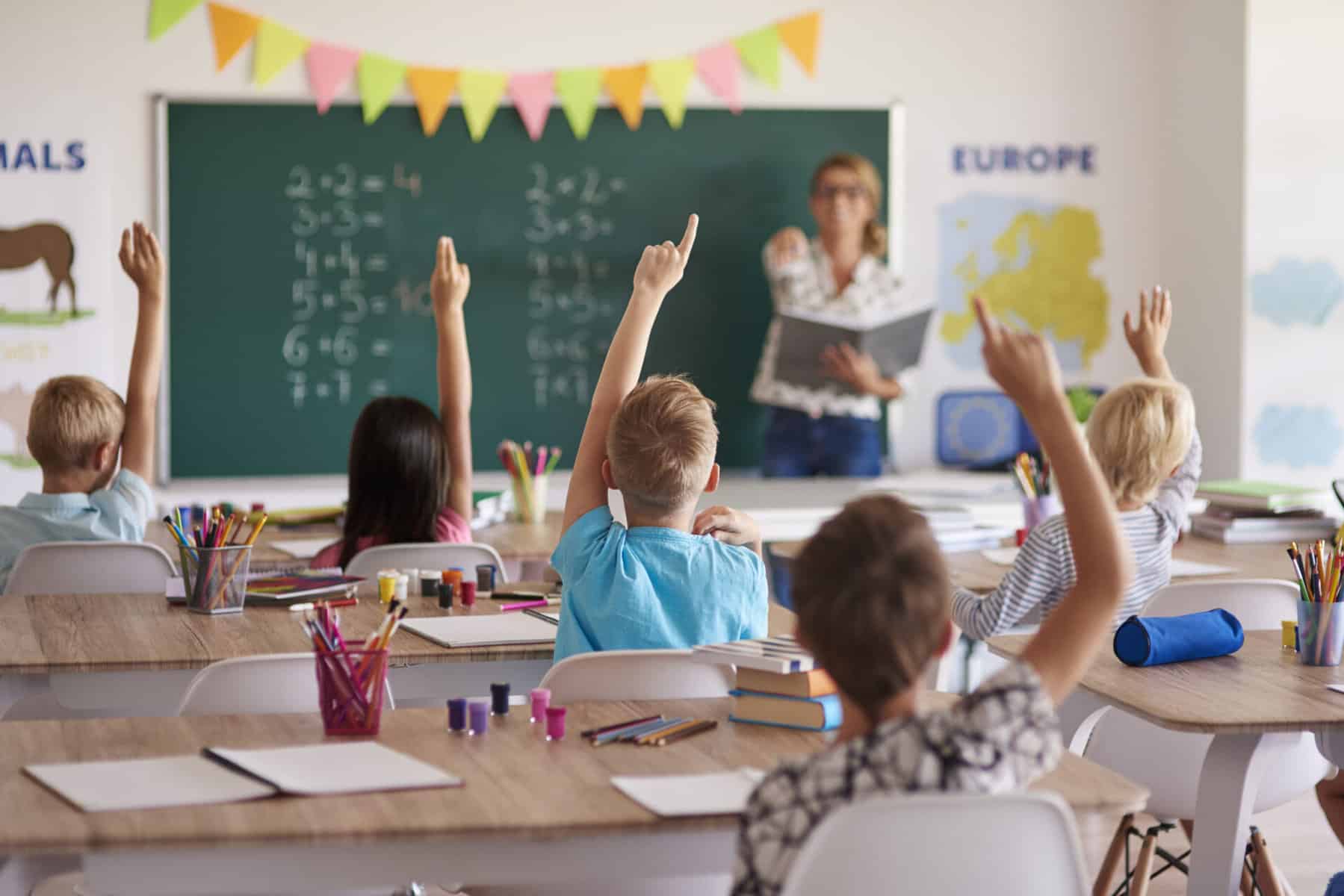3rd Grade Language Arts Curriculum (ELA)
After mastering second grade ELA, third graders dive into more complex reading and writing skills. At this stage, students focus on improving their fluency and comprehension skills through asking questions and reflecting on what they’ve read.
Third grade is also an important time to develop advanced writing skills. At the end of the year, students will be able to write their own narrative and opinion pieces, understand advanced grammar mechanics and parts of speech, and edit and revise their work using the writing process.
Miacademy’s third grade ELA curriculum develops fluency and confidence in reading and writing so students can communicate effectively and with ease. With engaging video lessons, unique reading passages, and hands-on activities, learning to read and write with Miacademy is a breeze!
Sample Lesson
Interested in more third grade language arts videos? Visit our YouTube channel @TheMiacademyLearningChannel!
Is my student ready for 3rd grade language arts lessons?
Before working on third grade reading and writing concepts, we recommend that your child complete our second grade ELA courses.
Your student is likely ready for third grade language arts if they can:
- Read and understand chapter books on their own
- Use basic punctuation, such as periods, correctly
- Write simple sentences clearly
- Spell many common words correctly and use phonics to sound out new ones
- Understand the difference between fiction and nonfiction
- Explain what happened in a story and why (cause and effect)
- Ask and answer questions to show understanding of a text
Free 3rd Grade Language Arts Worksheets – PDF Download
Each video lesson has an accompanying PDF with engaging activities to extend learning beyond the screen with a hands-on approach!
Click here to download a free sample PDF of our third grade ELA worksheets:
What are the 3rd grade ELA standards?
ELA standards in third grade aim to deepen students’ understanding of language by expanding their vocabulary, improving reading fluency, analyzing story elements like character, setting, and plot, and mastering grammar and sentence structure.
Our third grade language arts curriculum supports these standards by helping students become confident readers and writers. While they can vary slightly by state, here are the main areas covered by most standards:
- Ask and answer questions to show understanding
- Find the main idea or message
- Describe characters, settings, and events
- Compare and contrast different texts
- Read accurately, fluently, and with expression
- Use context and phonics to understand new words
- Support opinions with reasons and informative pieces with facts
- Plan, revise, and edit writing with some help
- Understand basic parts of speech (like nouns, verbs, adjectives)
Standards can vary by state, so be sure to check what’s required where you live.
Scope and Sequence
Language Skills : Level D
Our third grade writing course builds on foundational concepts from Level C, guiding students toward a more refined understanding of grammar and communication. In this course, learners take a deeper dive into parts of speech — including nouns, verbs, adjectives, and pronouns — while also exploring more complex sentence structures such as simple and compound subjects and predicates. Each lesson is designed to meet common third grade writing standards, helping students express their thoughts with greater clarity, accuracy, and confidence.
Reading Comprehension : Level D
Our third grade reading comprehension course offers engaging, grade-appropriate practice to strengthen literacy skills for third grade readers. It’s crucial to practice reading comprehension in third grade to support the transition from learning to read to reading to learn.
Each week, students watch a short video that teaches new reading strategies and how to approach comprehension questions. Following the video, they read a short passage and complete a four-question quiz. The questions are designed to practice identifying the main idea, understanding vocabulary in context, recalling specific details, and making inferences or predictions. The course offers a wide array of both fiction and nonfiction texts across many topics to keep reading interesting! Whether they’re learning about Mars and electric cars or reading classic fables like The Farmer and the Stork, students develop critical thinking and reading fluency in a fun, focused format.
Note: New 3rd Grade Language Arts Curriculum Coming Soon!
Our expert curriculum developers are hard at work revising our current third grade Language Skills: Level D course to make it better than ever! In the fall of 2025, an updated course that covers even more of the third grade standards will be released. Students will explore age-appropriate challenges and see how language arts skills are used in everyday life.
Why is there more than one course?
Miacademy’s language arts curriculum is structured into three different courses, each that focus on a different set of skills:
Learn to Read (Levels A-C only): Focuses on letter sounds, rhyming, and common letter patterns to help kids practice reading for kindergarten to 2nd grade.
Language Skills (All levels): Covers comprehension strategies, grammar, and storytelling techniques to strengthen reading and writing.
Reading Comprehension (Levels C-I only): Provides weekly reading passages with questions to reinforce understanding and apply learned skills.
Students may work at different levels in each area to match their individual learning needs.
Miacademy’s Online 3rd Grade Homeschool Curriculum
Miacademy’s third grade reading and writing curriculum guides students through engaging lessons that teach reading comprehension strategies, correct grammar usage, and varied writing forms. Instead of teaching skills in isolation, the curriculum uses a spiral approach — revisiting concepts like punctuation, parts of speech, and paragraph structure with new topics to promote deeper understanding and retention. With each lesson, students build confidence in reading analysis, effective idea communication, and their unique voice as young writers.
One of the best things about our third grade curriculum is homeschooling with flexibility! You get full customization over your lesson plans and assignments to fit your child’s unique learning needs. Students can skip what they already know and dive into new challenges!
Our family of accredited curricula covers everything from learning to read to analyzing literature and adapts easily to your child’s educational needs.
Whether you homeschool full time or are looking to supplement a public school education, we’re here to support you! Wondering if Miacademy’s third grade homeschool curriculum can be a good fit for your student? Start a chat with one of our friendly customer service agents below! They’ll be happy to help you with any questions you may have.


